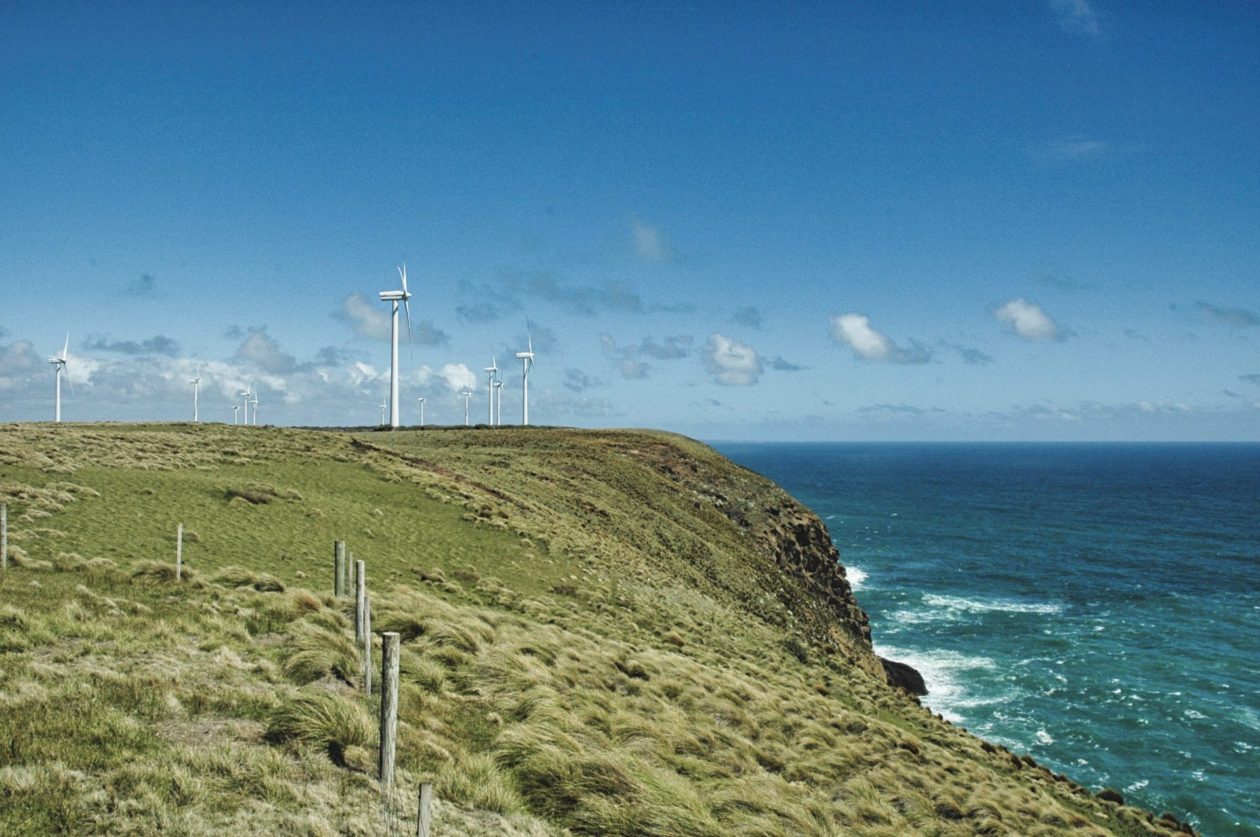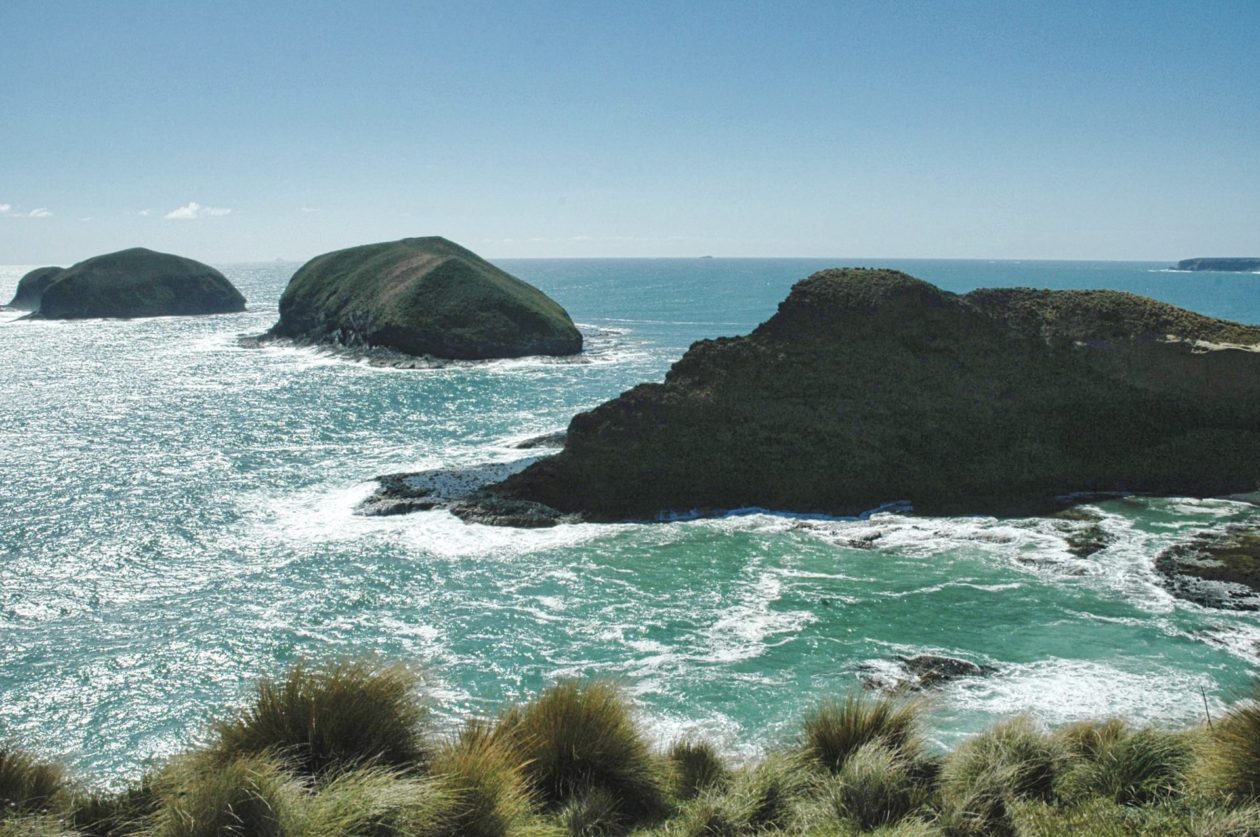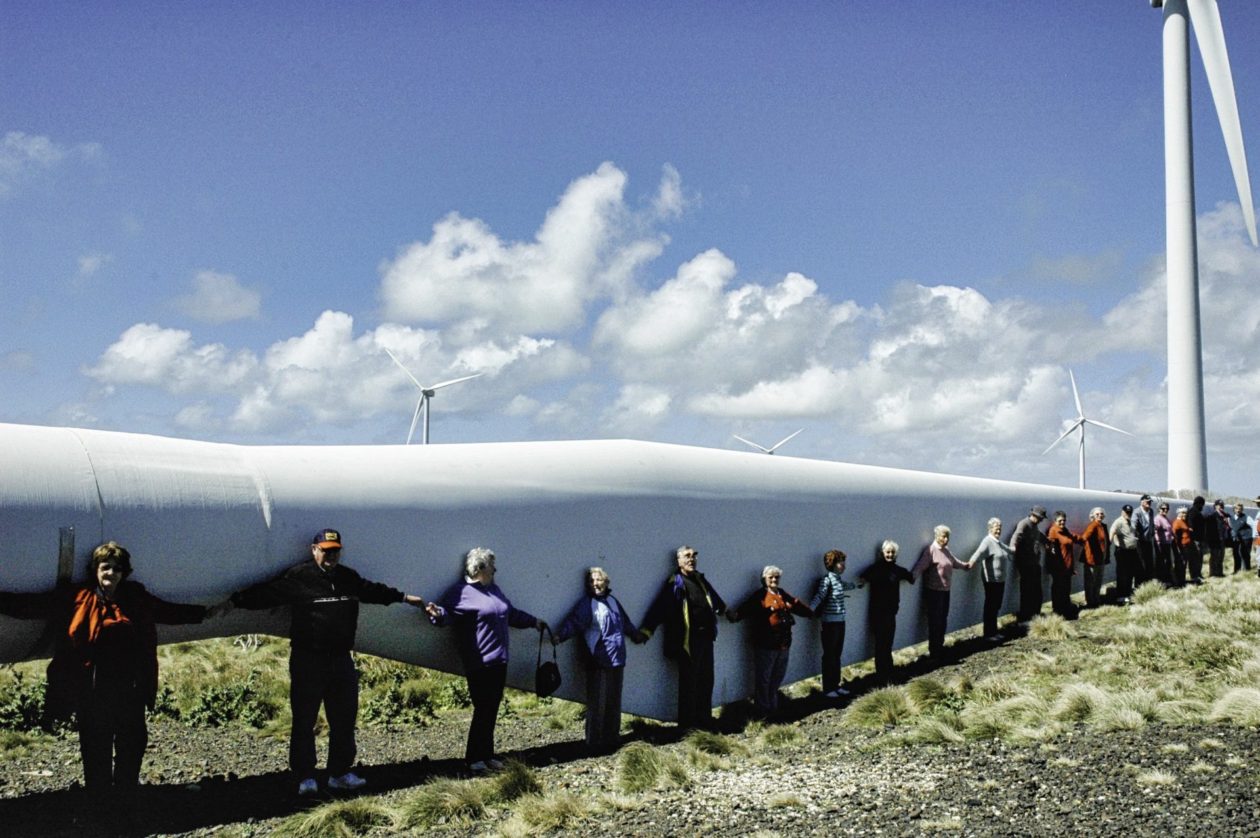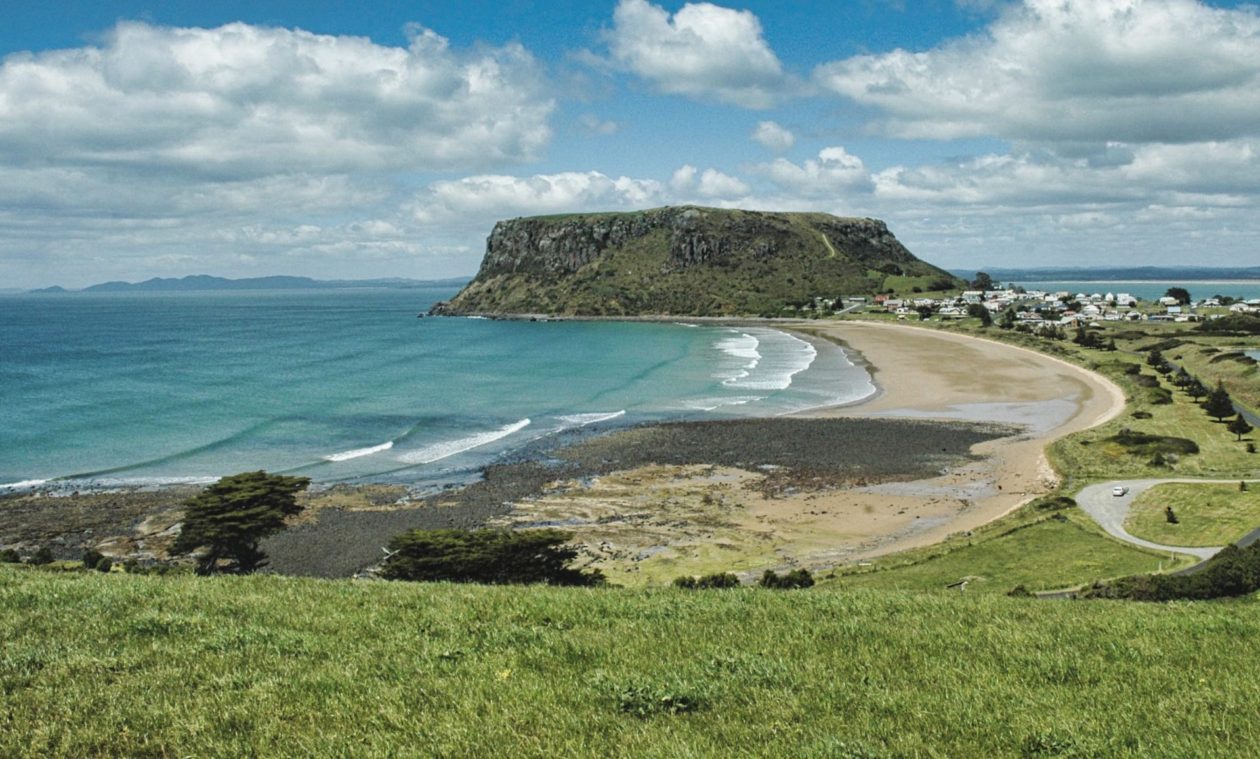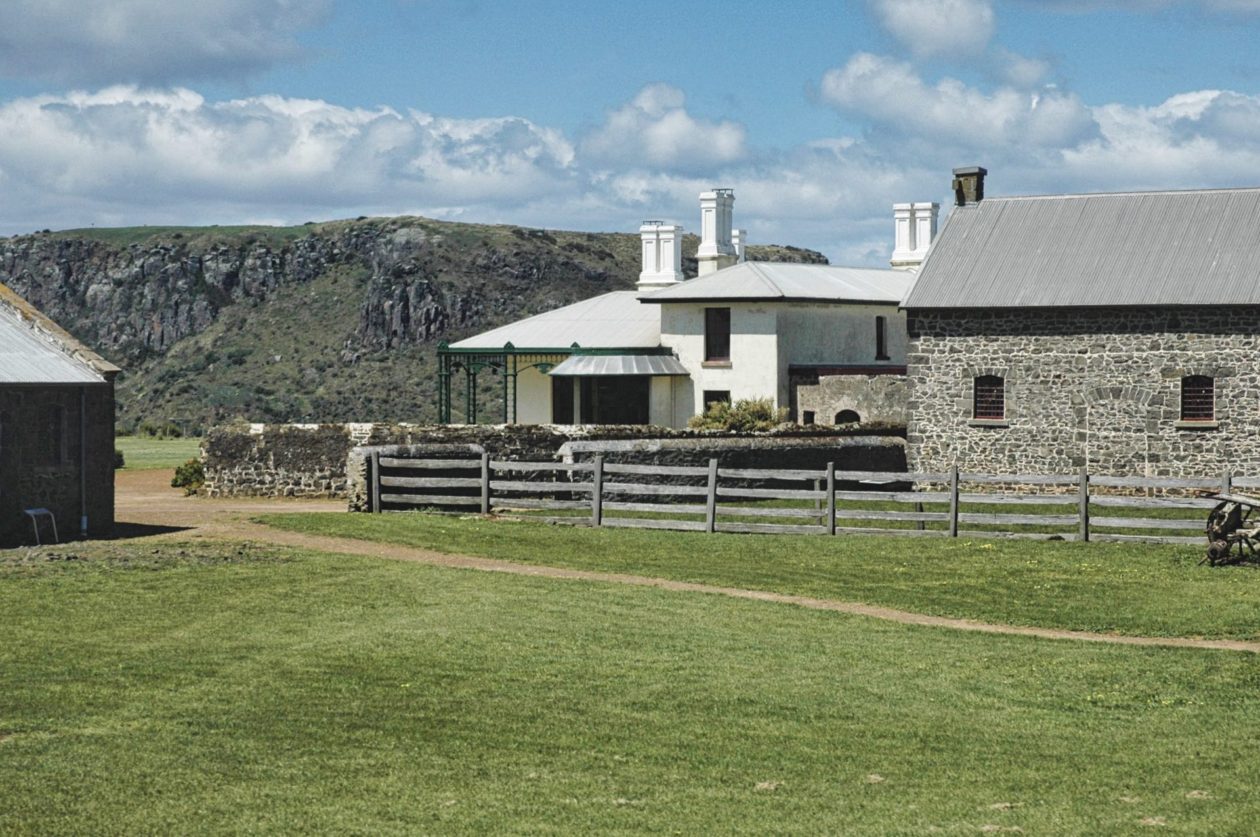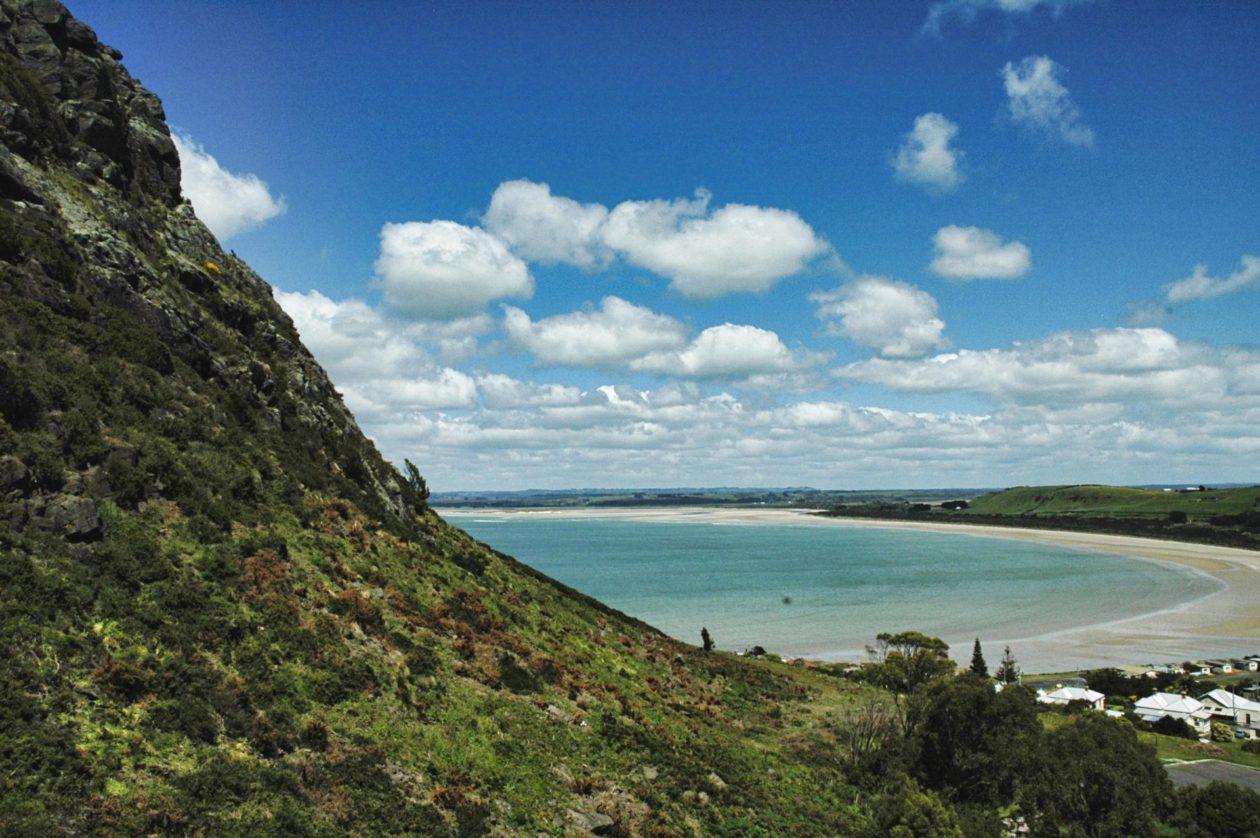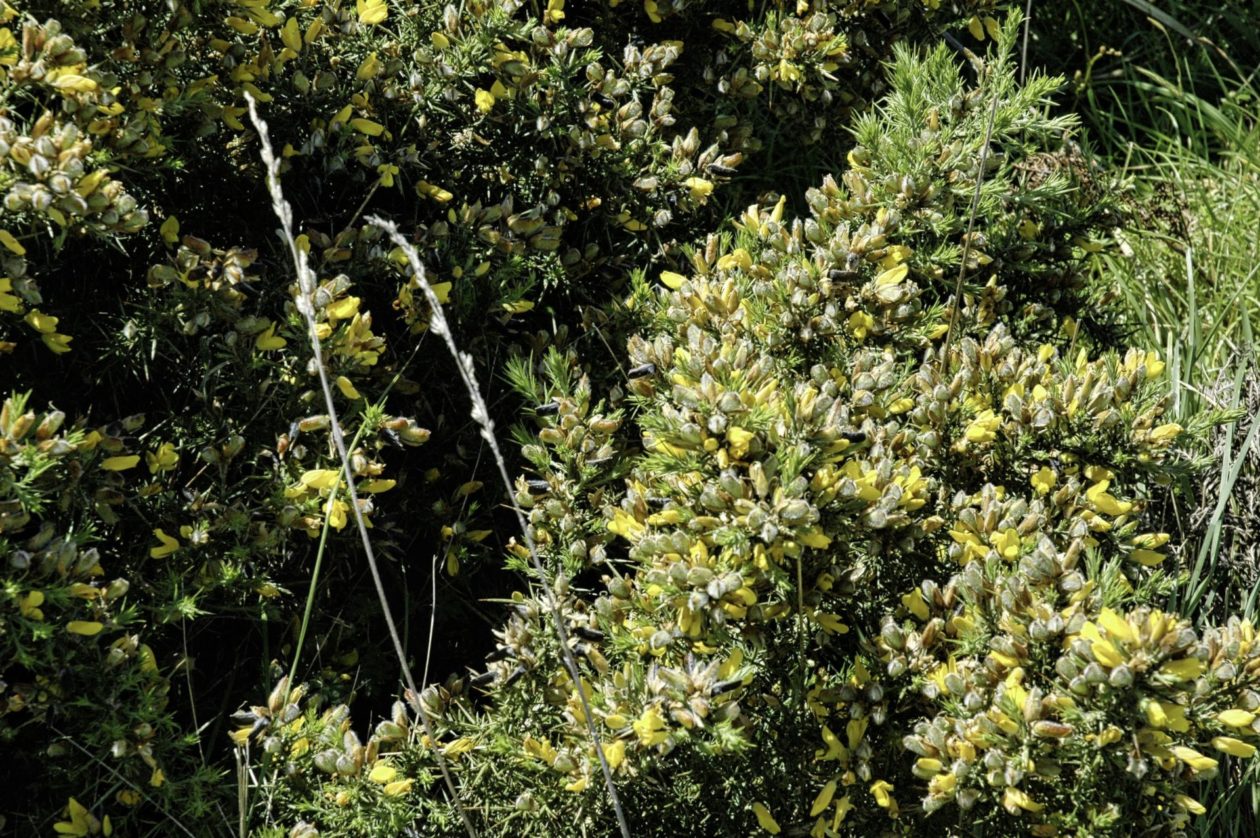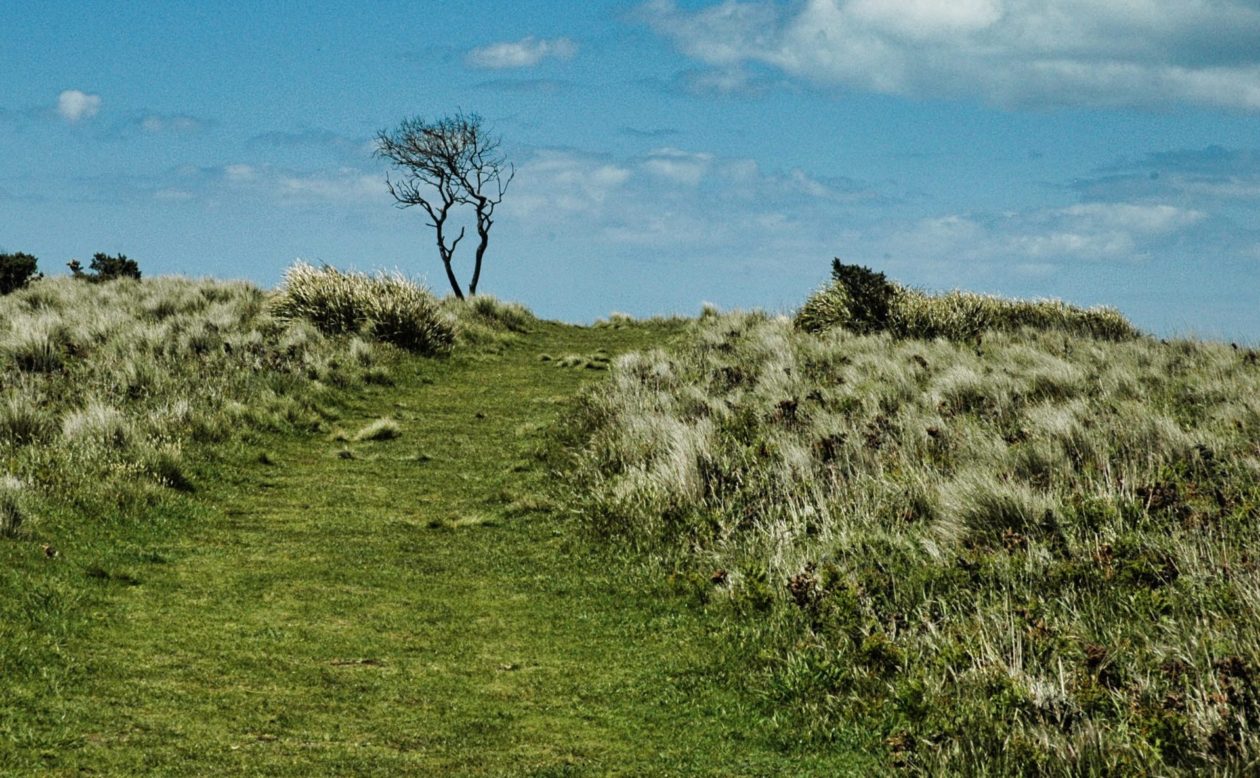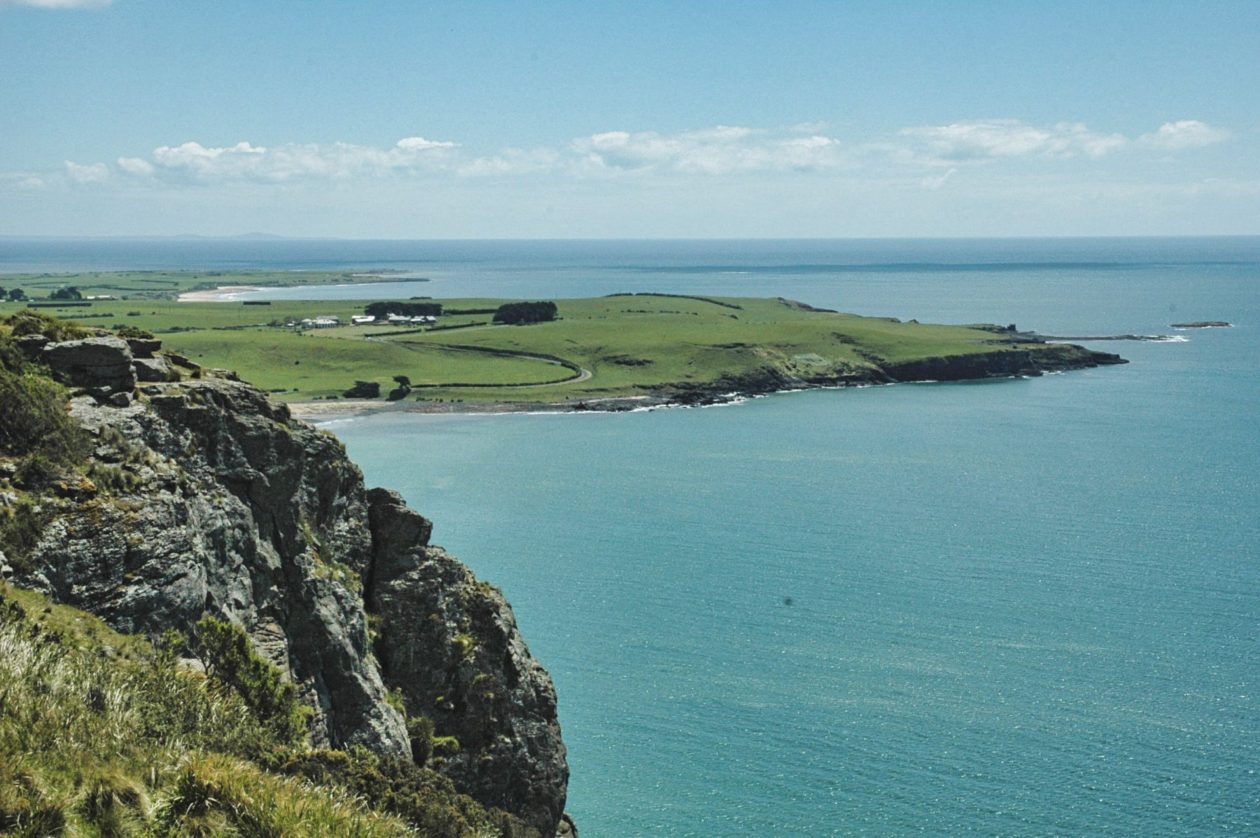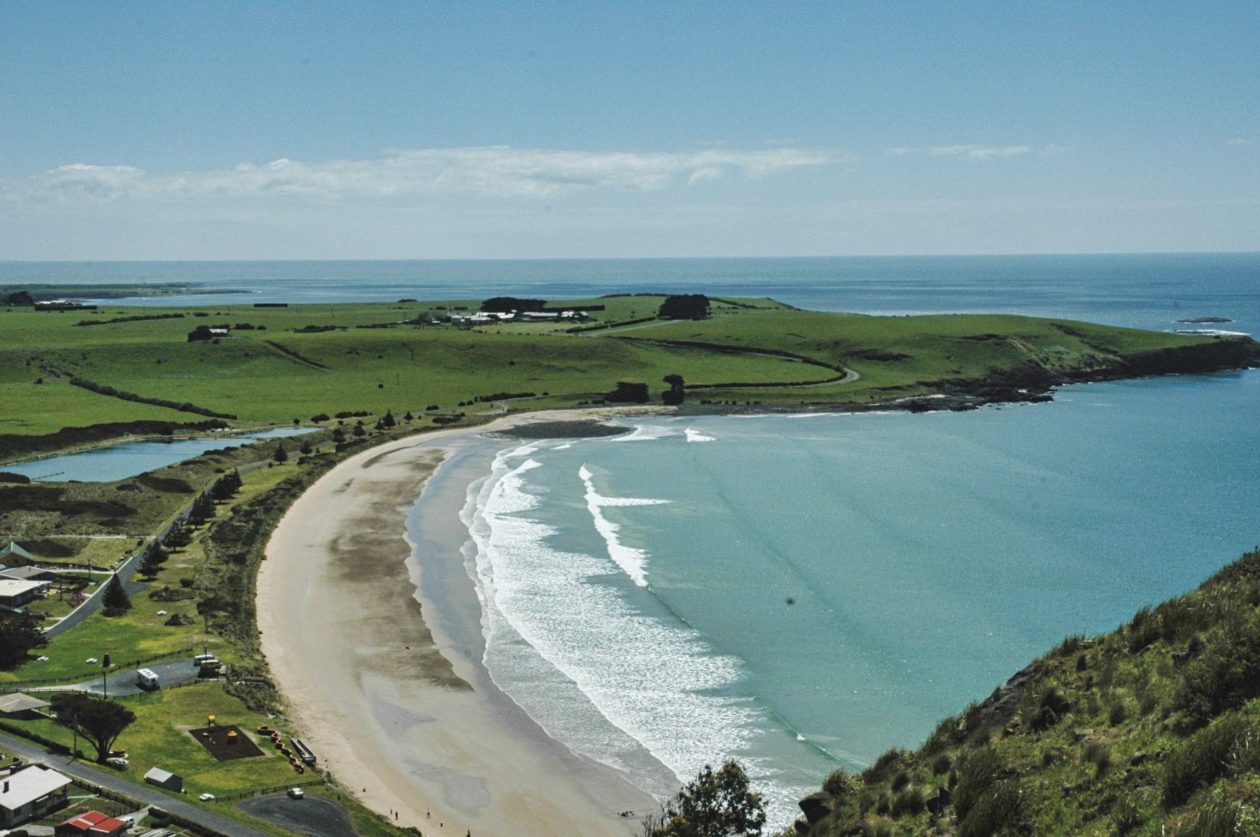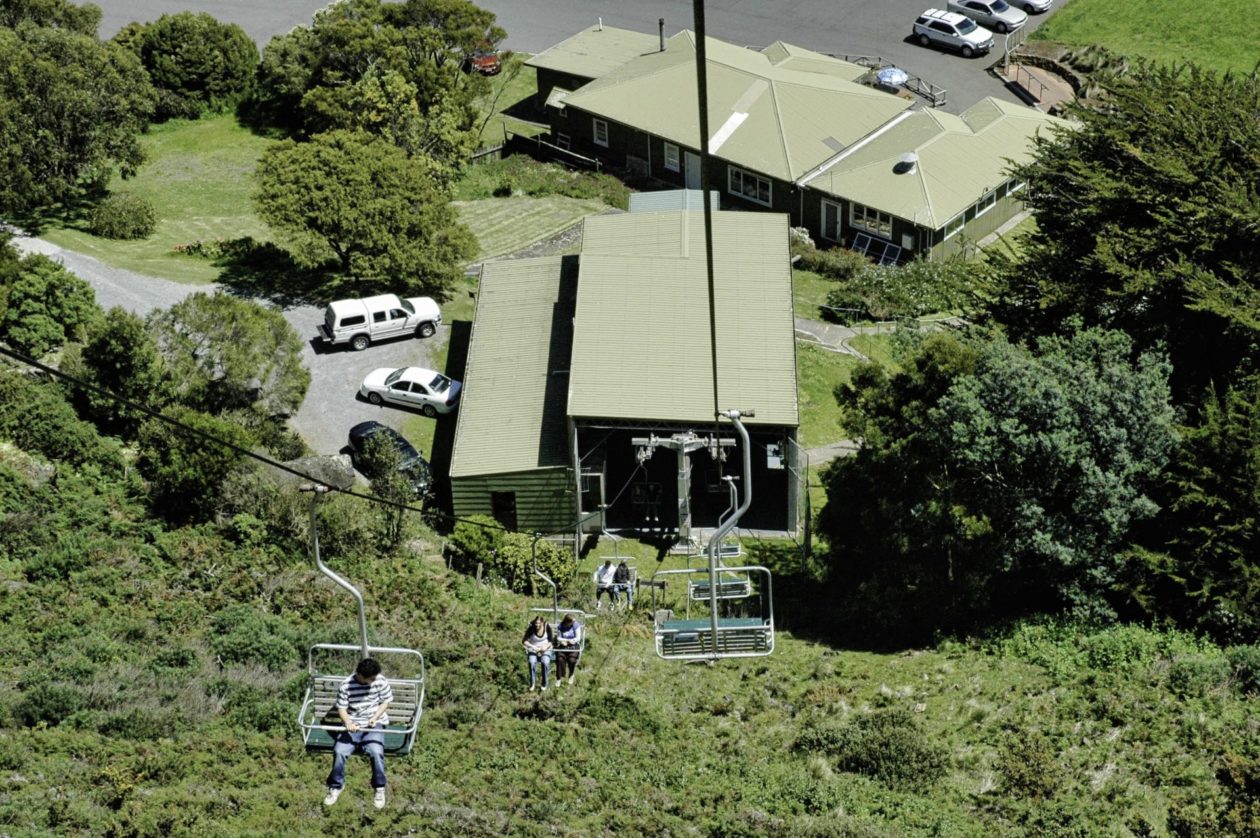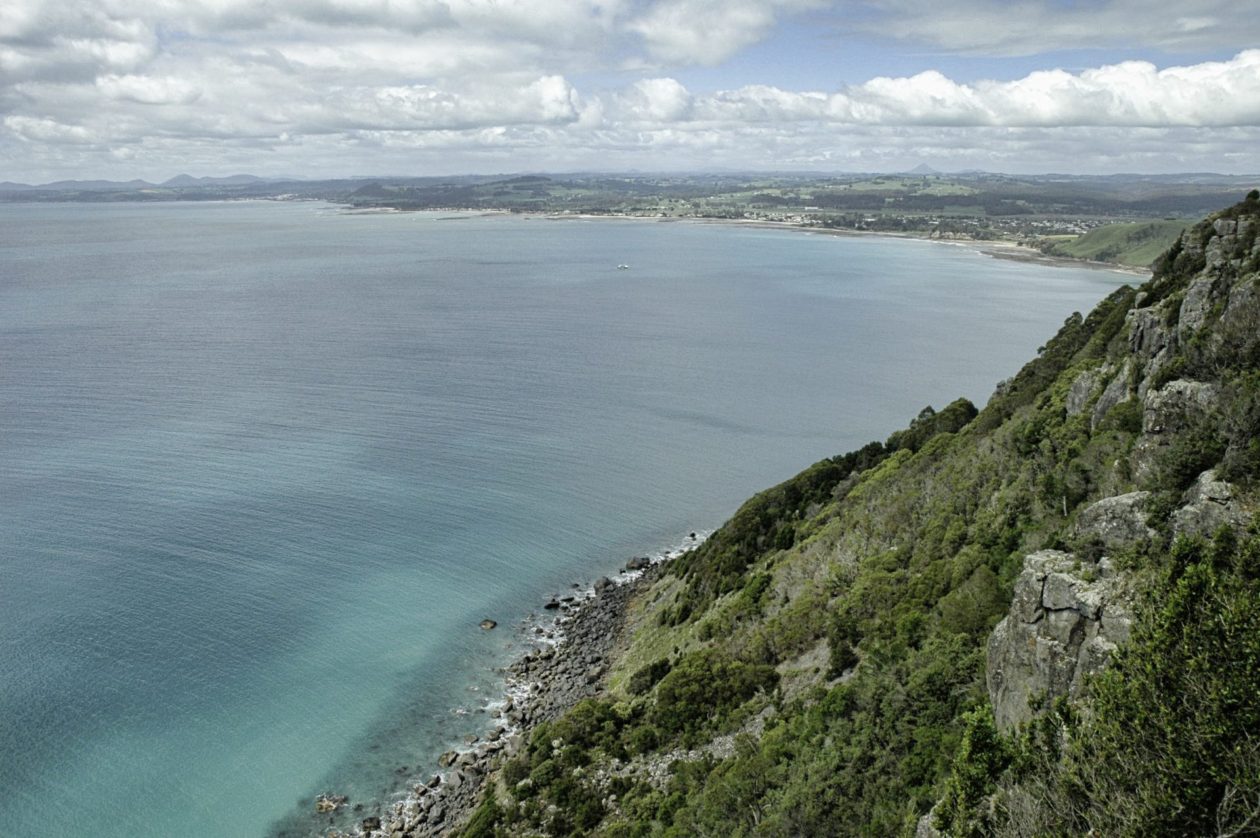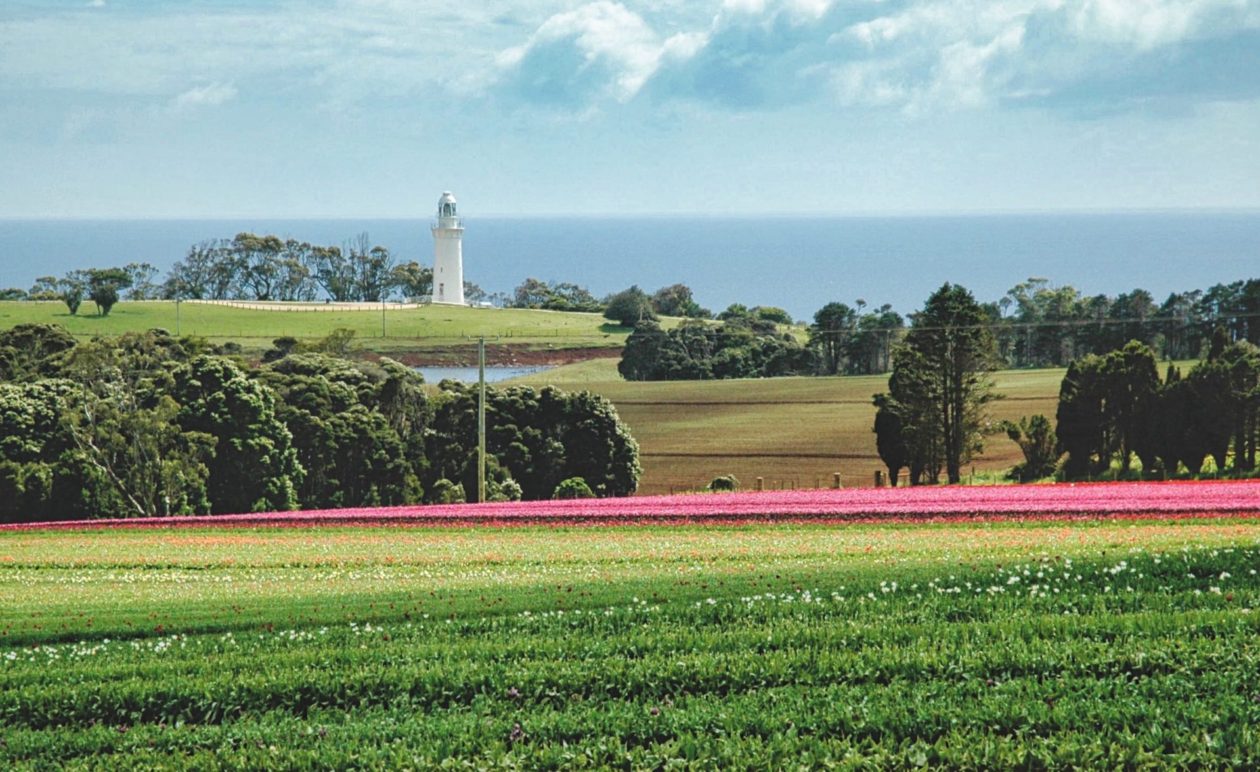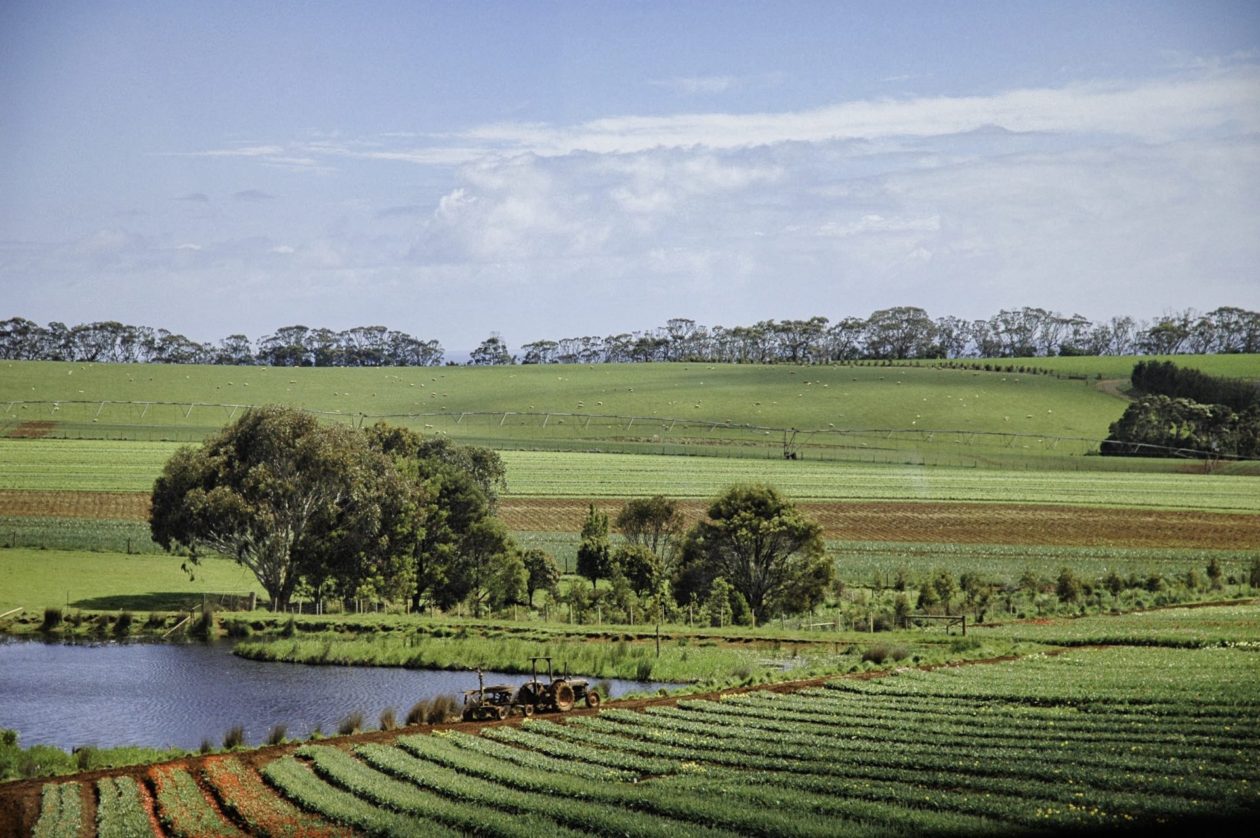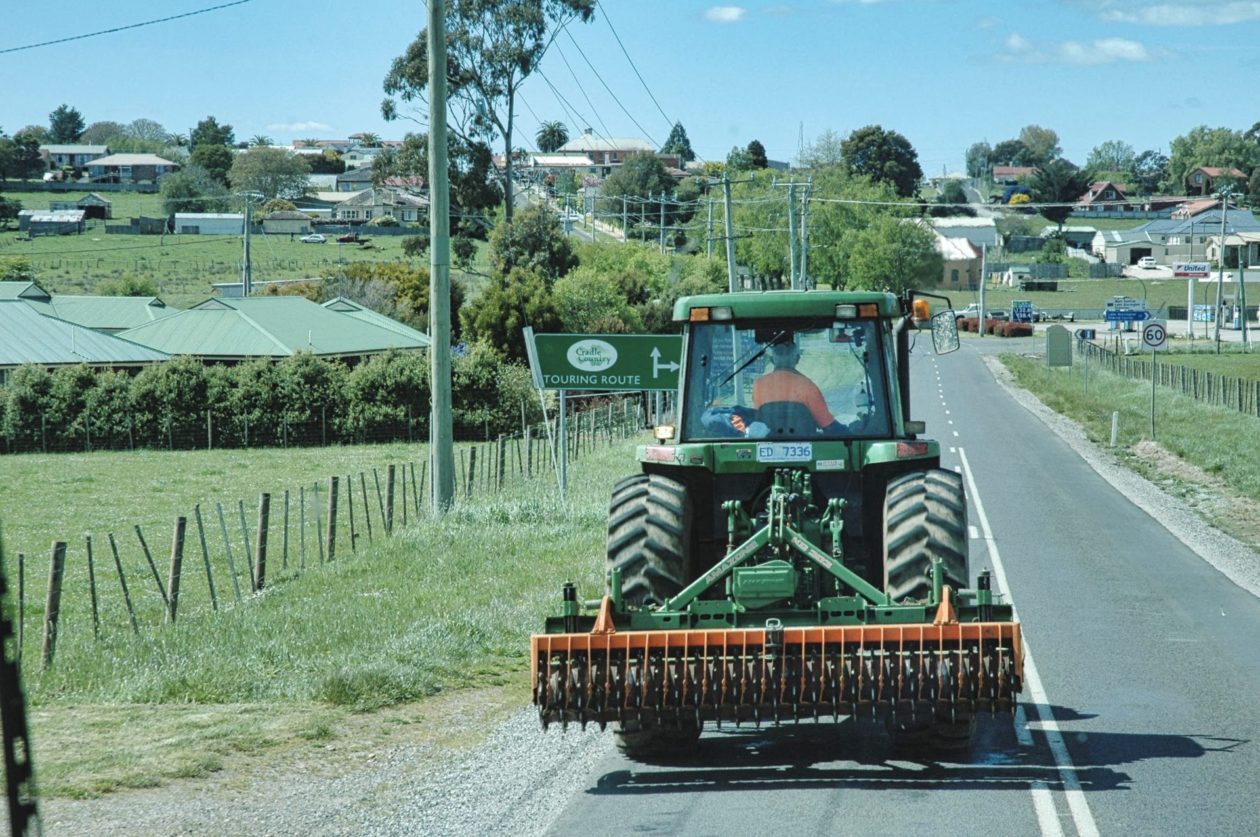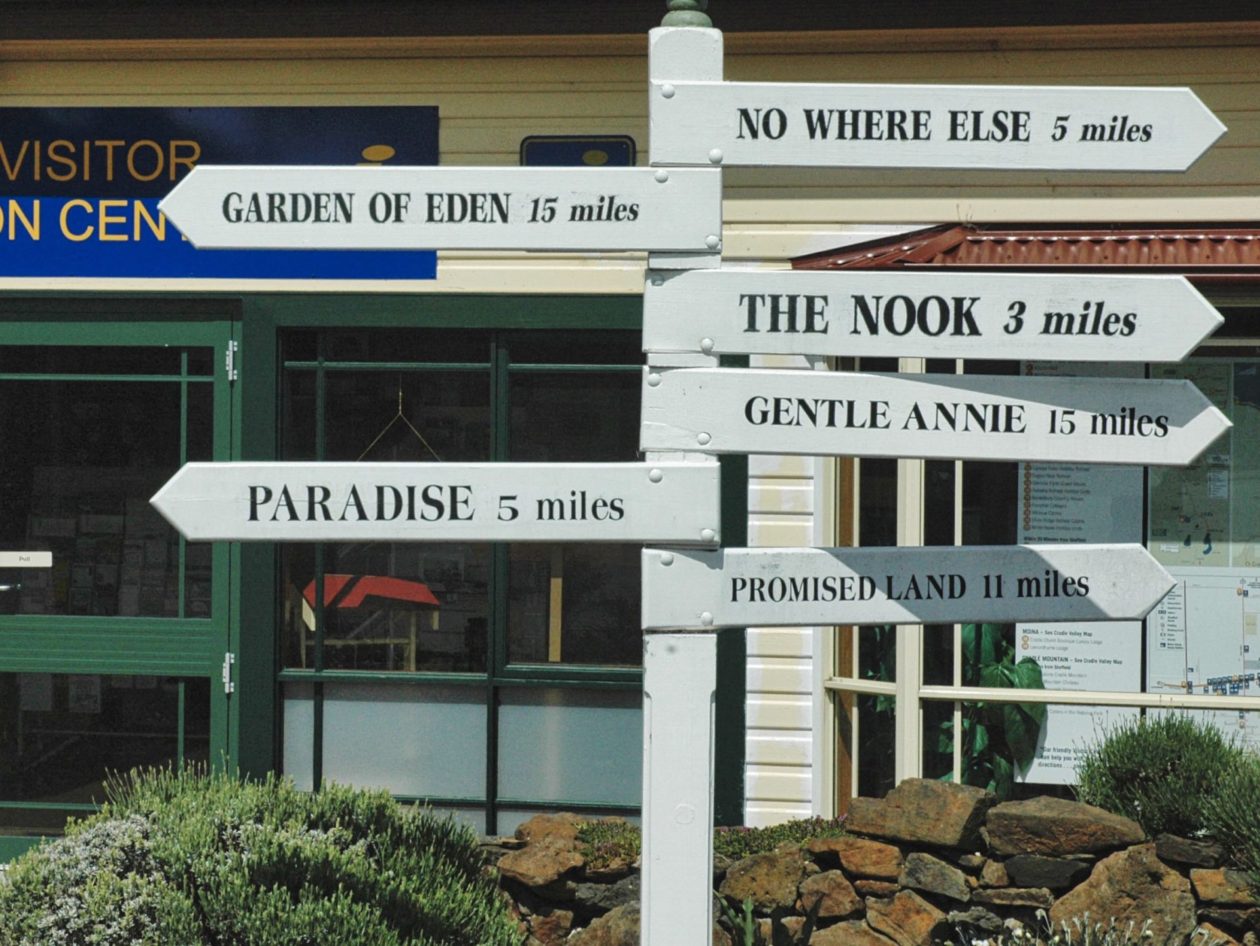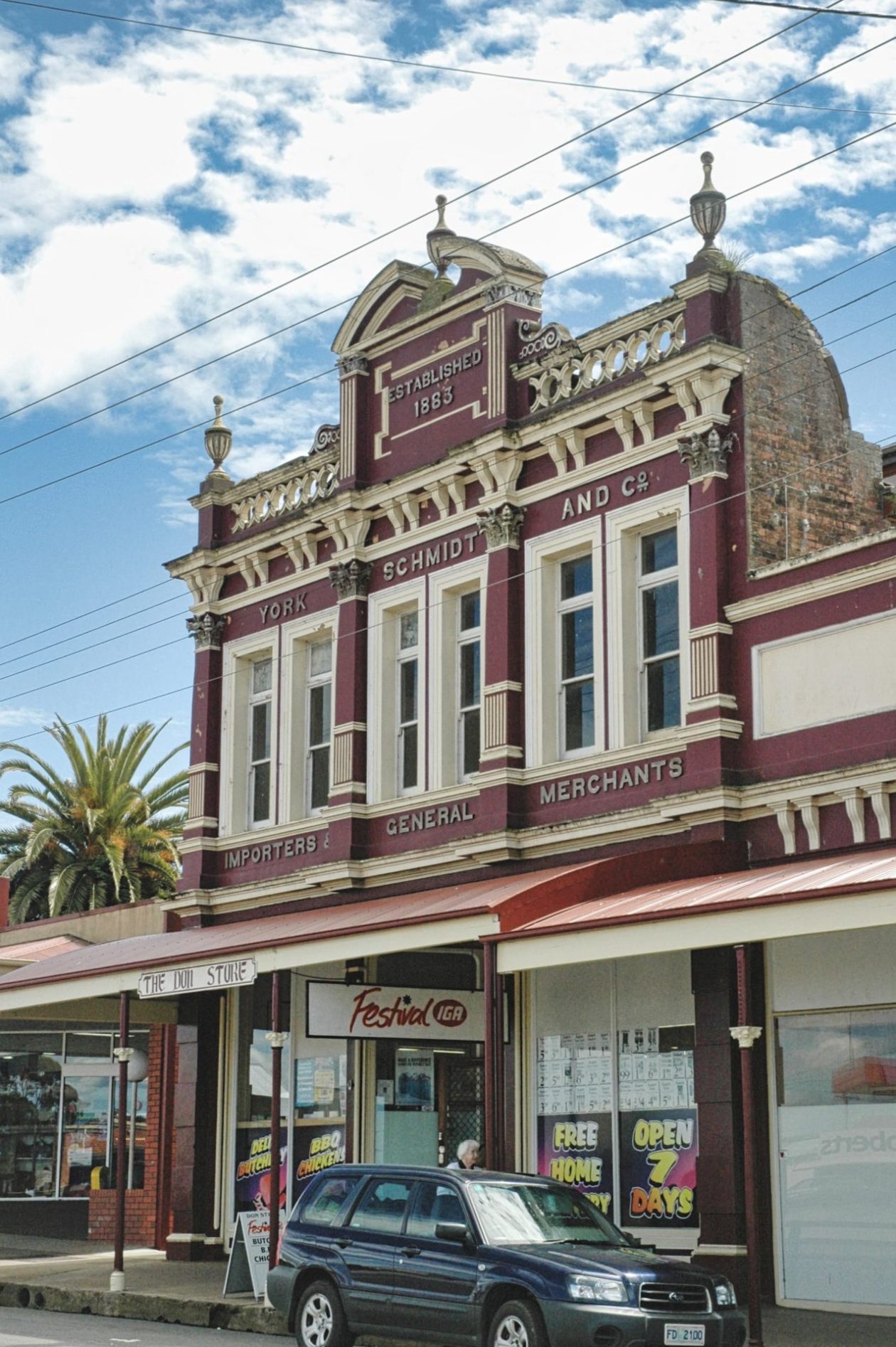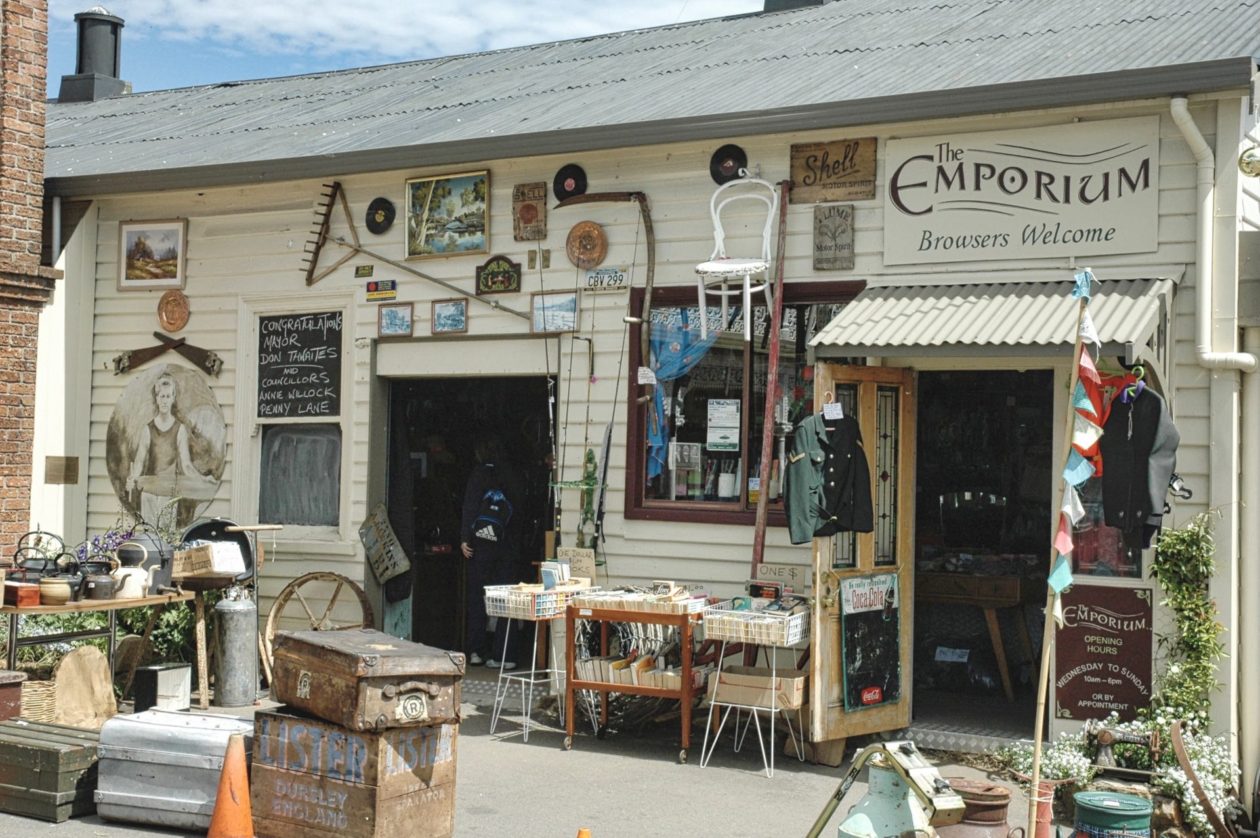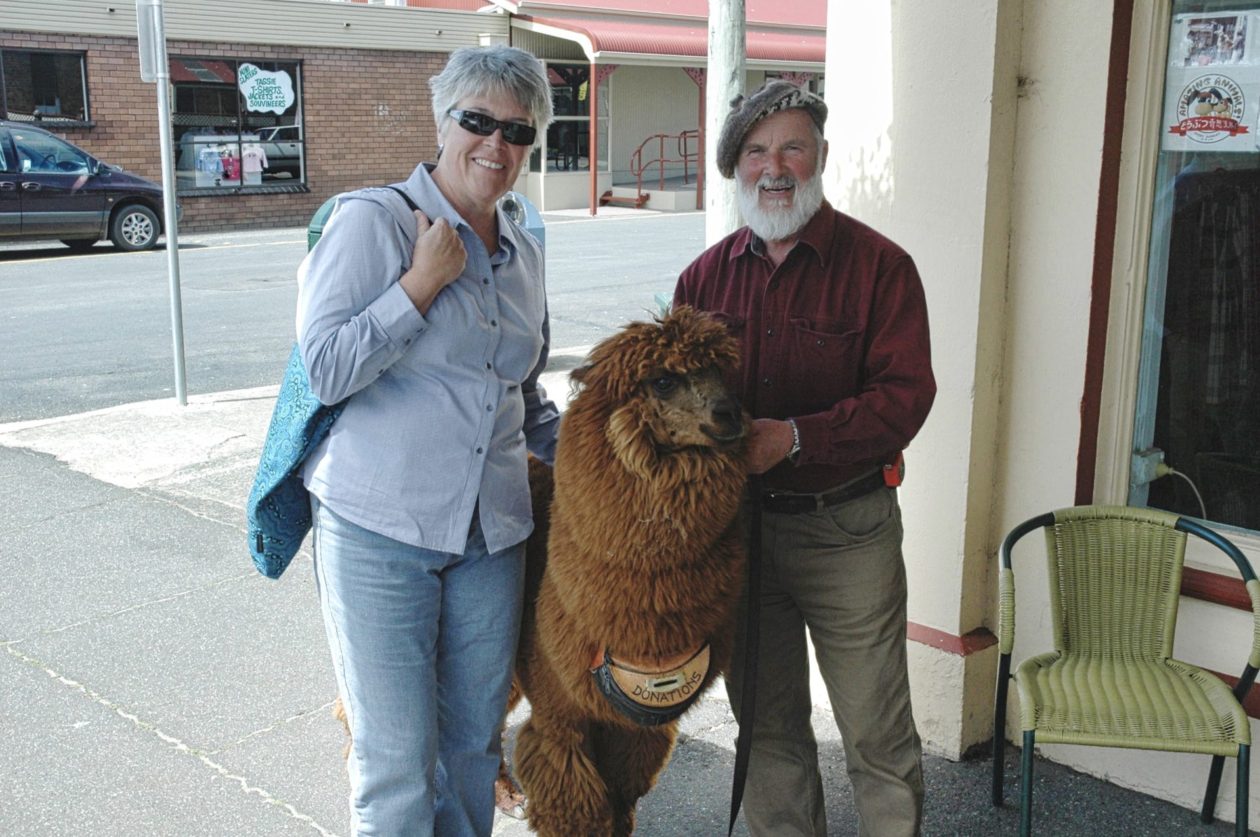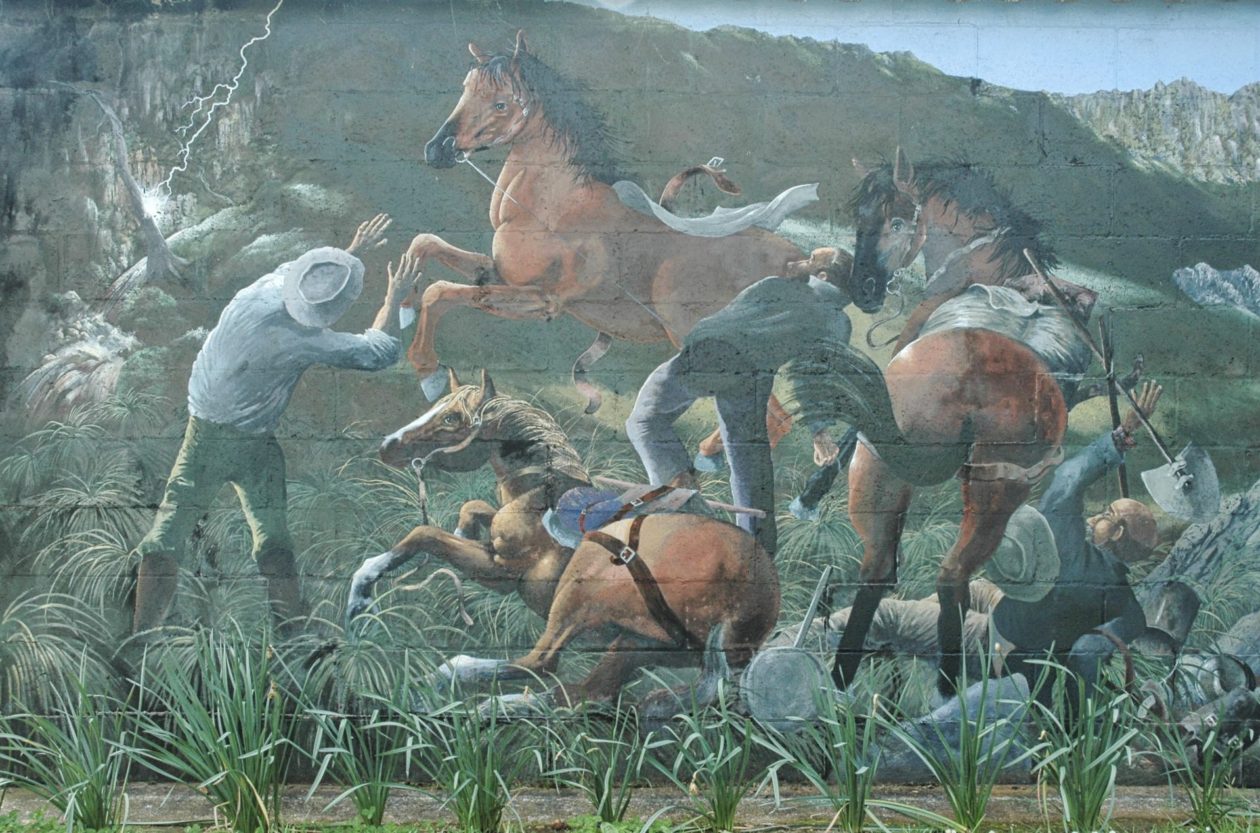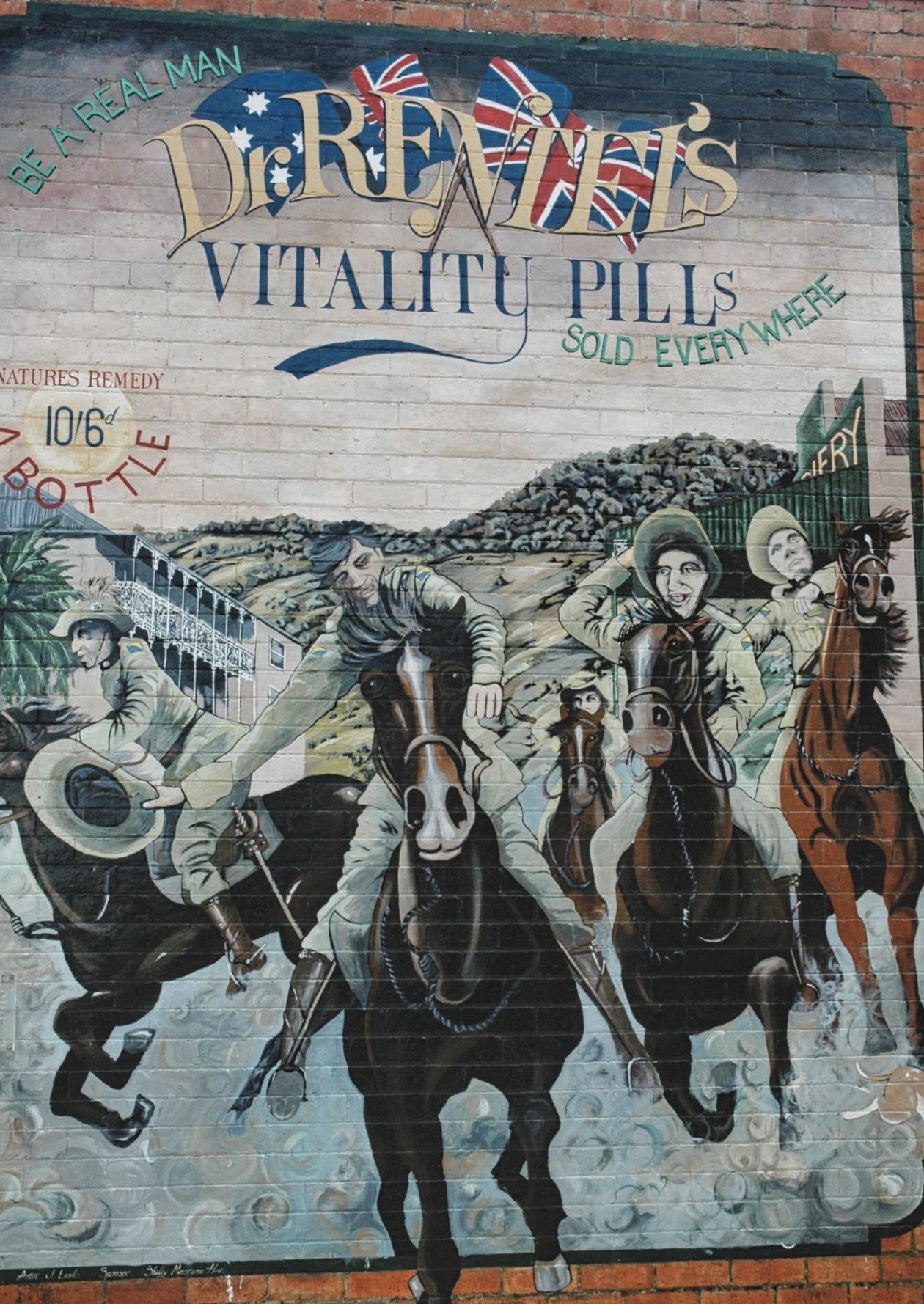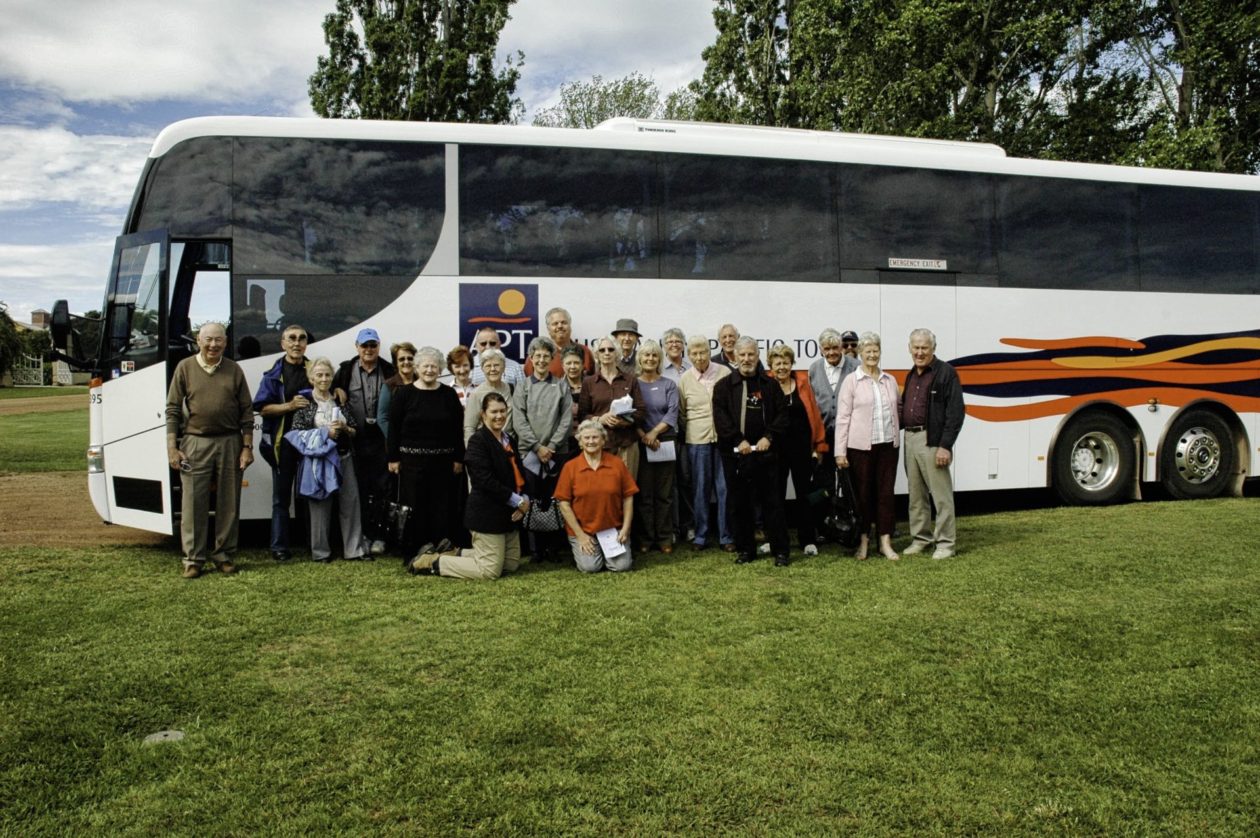- Starting our Tasmanian trip in Launceston
- The Tamar River Valley
- On the road to Freycinet National Park
- Traveling in the steps of convicts — on the road to Port Arthur
- Hobart and the search for lumber!
- The road to Cradle Mountain — Russell Falls, Lake St. Clair, Queenstown, and Strahan
- Cradle Mountain
- The road back to civilization — Woolnorth, Stanley, Table Cape, Sheffield and trip end
Cradle Mountain was our last truly isolated stop on the trip. As we proceeded north and the east, we made a number of short stops as we headed back to Launceston. Our first was at the wind farm complex at Woolnorth — a blustery cape in the far northwest of the island. I’m not sure if Tasmania generates all or most of its power via hydroelectric or wind, but I can safely say they are far in advance of the rest of Australia and certainly the US. There are actually two wind farms here and they are trying to expand on some offshore islands (currently working through Aboriginal treaty rights). This was the closest we had ever been to a wind generator and they are massive!
From there, we drove to the historic village of Stanley. We really didn’t have time to visit the village because we were there to climb the Nut, the remains of an ancient volcanic plug with a mostly flat top. You can get up the nut via chairlift or you can hike the nearly 500 feet to get to the top. We chose to hike up and ride down! The views from up there are pretty stunning, looking across the Bass Strait, neighboring farmland, and Rocky Cape National Park.
We then went on to Table Cape which is an extinct volcano along the Bass Strait with a flat top. With the rich volcanic soil, there is a lot of agriculture here. We were lucky to be here for the annual flowering of the tulips. The Table Cape Lighthouse is also there, which is a heritage-listed lighthouse. It was finished in 1888 to aid navigation into the port of Wyngard after a few significant wrecks. The light keepers stayed until 1923 when the light was automated.
Our last stop was Sheffield, which is know as Tasmania’s outdoor art gallery. In particular they are know for the murals that adorn their buildings — there are over 150 of them! Some are about the history of the town and others are more representative of the businesses that host them. We spent time wandering the streets and doing a bit of shopping before we got on the road for Launceston.
And just like that, it was done. As the bus pulled into Launceston, we dropped people along the route without a really easy way to say goodbye. While we probably won’t do another bus trip (at least for a long time!), this actually worked out pretty well. We got to see a lot of Tasmania and really didn’t feel rushed. And Tasmania was a beautiful state — it had something for everyone. I’m not sure we will ever return here, but I am definitely glad we came!
This entry was posted in Australia, Tasmania, Travel